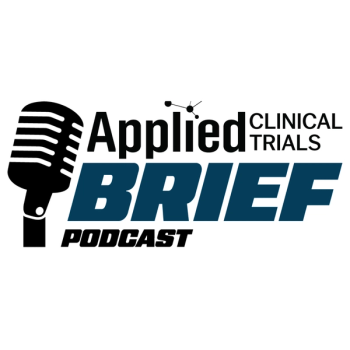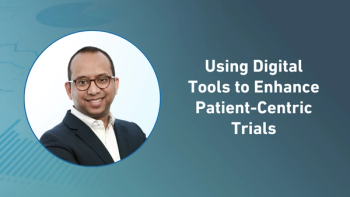
FDA Looks For Patient Input On “Meaningful” Risk-Benefit Tradeoffs
Patient groups “are uniquely positioned” to understand the impact of disease progression, which is central in determining how big and how long clinical trials should be.
Collaboration between clinical trial sponsors and patient advocacy and research groups has emerged as a universally applauded force for driving more efficient, productive clinical trials, as advocacy groups move from their more traditional roles of providing services to patients, lobbying Congress for more biomedical research funding, and pressing pharma companies to develop treatments for relevant conditions. Now these organizations have become more proactive in spurring R&D, and the Food and Drug Administration is looking to capitalize on these initiatives.
The Center for Drug Evaluation and Research (CDER) includes patient input as part of its formal benefit-risk assessment process at the end of an application review, explained CDER director Janet Woodcock at the Biotechnology Industry Organization’s (BIO) recent Patient and Health Advocacy Summit in Washington, D.C. Patient views on risk-benefit trade-offs are important for FDA reviewers in assessing disease burden and potential harms of a new treatment, she noted. Patients can help define “meaningful benefit of treatment” and its effect on the key issues of how an individual feels, functions or survives. And they can help assess the reliability of tests and algorithms selected to measure study impact.
What’s not that helpful for FDA, Woodcock advised, is for patient advocates to seek to participate in every FDA meeting with sponsors, which added up to more than 2000 sessions last year. And overly strident advocacy for certain policies and requirements “doesn’t always advance science,” she commented. Conversely, solid, independent analysis of research issues by patient groups, with full transparency as to funding and partnership arrangements can provide valid input for regulatory decision-making.
The importance of patient groups and research sponsors establishing clear policies and partnership arrangements was outlined at the BIO meeting in a new report from the Clinical Trials Transformation Initiative (CTTI). Effective R&D engagement involves defining the roles and responsibilities of partners and promoting full disclosure, transparency and accountability to address real or perceived conflicts of interest. Patient groups need clear policies on accepting funds from industry sponsors and should define such relationships in contracts or written agreements, the CTTI report advises, while sponsors should establish policies for protecting commercial or confidential information.
Woodcock outlined a better “roadmap” for how patients can pursue product development that yields a “higher return on investment.” The process starts with fully defining the disease state, including symptom variability, patient characteristics, possible cause, and diagnosis, she explained. For rare diseases, she noted that patient groups “are uniquely positioned” to understand the impact of disease progression, which is central in determining how big and how long clinical trials should be.
Also important in designing research programs is to understand the benefits and downsides of existing therapies and what new treatments are in the development pipeline. Even though many patient groups lack the resources to directly underwrite product development, Woodcock observed that they can help establish academic centers of excellence to study a specific condition and can help cut down on the time involved in launching clinical trials by organizing study cohorts and identifying patients with specific characteristics.
In addition to providing input into specific development programs, Woodcock advised patient groups to address broader research issues, such as whether a potential surrogate endpoint is plausible in measuring patient improvement. Established patient groups have proposed draft guidance for FDA on evaluating treatments in their disease area and on how to test two investigational drugs in the same study. The shift to more targeted clinical trials for personalized medicine requires support from patient groups in identifying individuals with similar characteristics that can populate enriched or stratified studies. Patient advocates are active participants in CDER’s patient-focused drug development meetings funded by the current drug user fee program and have entered into discussions about how FDA’s next fee program will continue to expand this initiative
Newsletter
Stay current in clinical research with Applied Clinical Trials, providing expert insights, regulatory updates, and practical strategies for successful clinical trial design and execution.





.png)



.png)



.png)
.png)
